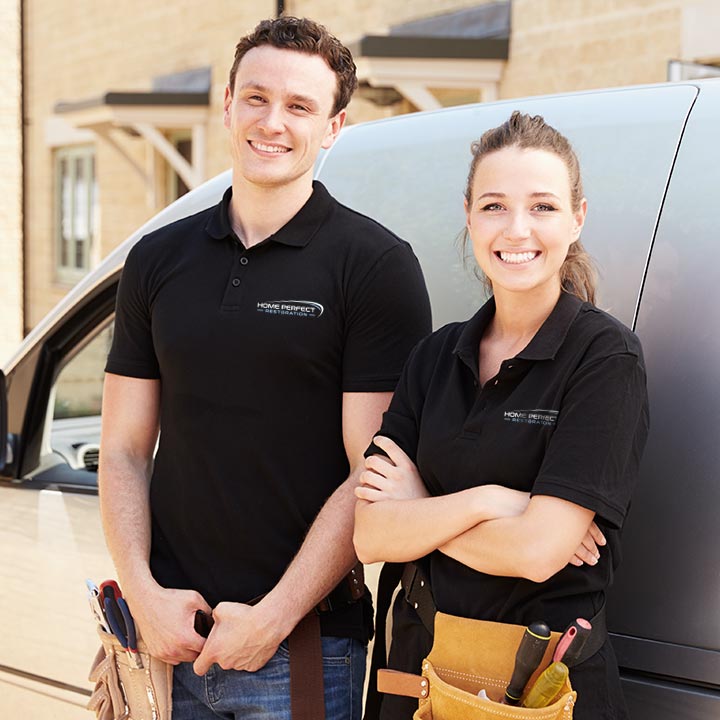When it comes to restoring houses that were previously used as marijuana grow operations, one of the most critical yet often overlooked aspects is air quality testing. Ensuring the air in these homes is safe to breathe is paramount for the health and well-being of future occupants.
Why Air Quality Testing Matters
Former grow houses can harbor a variety of contaminants that pose significant health risks. Mold is one of the most common issues due to the high humidity levels typically maintained in grow operations. Mold spores can lead to respiratory problems, allergic reactions, and other serious health concerns.
In addition to mold, chemical residues from pesticides and fertilizers used during cultivation can linger in the air and on surfaces. These chemicals can be toxic and potentially harmful, especially to children and individuals with compromised immune systems. The presence of volatile organic compounds (VOCs) from various sources, including building materials and pesticides, further exacerbates indoor air pollution.
Steps to Ensure Safe Air Quality
Initial Assessment and Inspection. Before any renovation work begins, a thorough inspection is conducted to identify potential contaminants. This includes checking for visible mold, signs of water damage, and any chemical residues.
Mold Remediation. If mold is detected, professional mold remediation is carried out. This involves removing contaminated materials, cleaning affected areas with specialized solutions, and using air scrubbers to filter out mold spores.
Chemical Cleanup. Surfaces are tested for pesticide and fertilizer residues. Any contaminated materials are safely removed, and the entire house is cleaned with non-toxic, environmentally friendly products to eliminate chemical traces.
Air Quality Testing. After remediation and cleanup, comprehensive air quality testing is performed. This includes testing for mold spores, VOCs, and other potential contaminants. High-quality air testing equipment ensures accurate and reliable results.
Post-Renovation Ventilation. Proper ventilation systems are installed or upgraded to ensure continuous air exchange, reducing the buildup of any residual contaminants. Air purifiers with HEPA filters may also be used to maintain air quality.
Final Certification. A certified air quality professional conducts a final inspection and testing. Only when the air quality meets stringent safety standards is the house deemed safe for occupancy.
By prioritizing air quality testing and remediation, restoration companies not only ensure the safety and health of future homeowners but also enhance the overall value and marketability of the property. This meticulous approach transforms former grow houses into safe, healthy, and comfortable homes. For more information on renovating former grow houses, speak to one of our experts and we can help you decide if this process is right for your situation.








